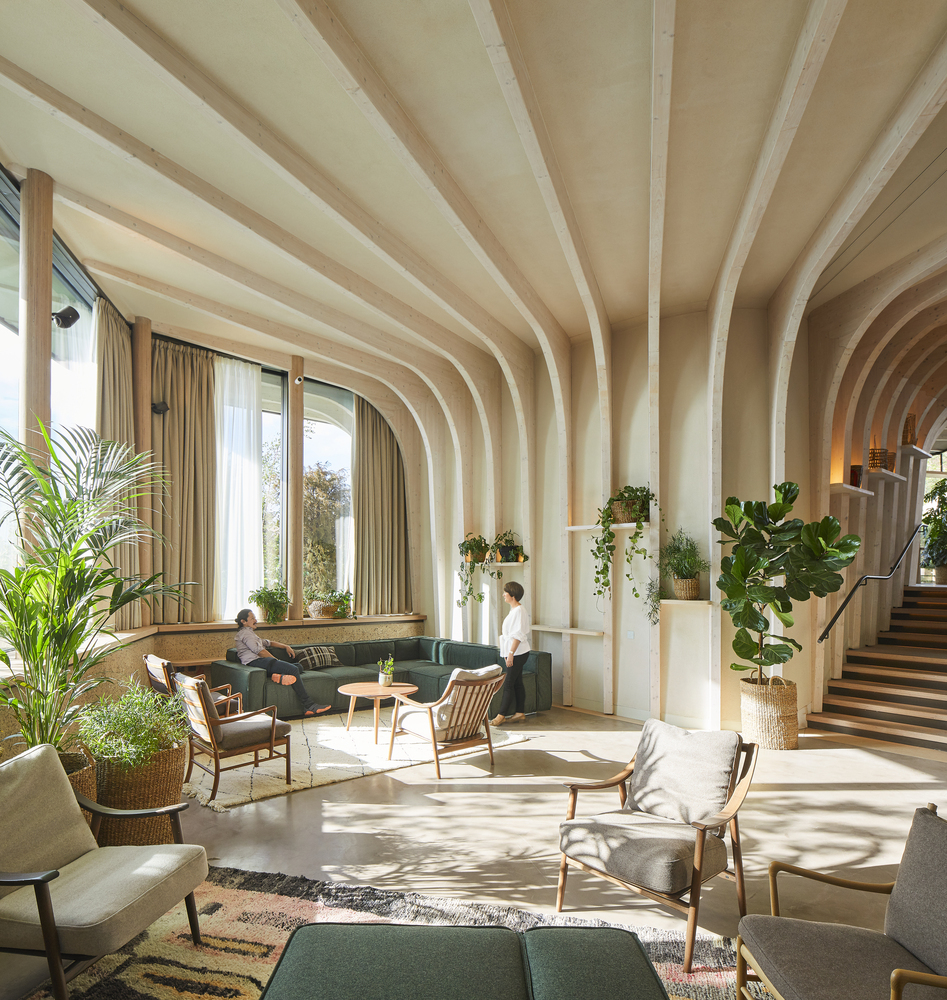News Blast: Your Daily Dose of Insight
Stay updated with the latest news and insightful articles.
When Minimalism Meets Maximalism: A Design Love Story
Discover the enchanting fusion of minimalism and maximalism in design. Uncover tips, trends, and inspiration for your next project!
Balancing Act: How to Harmonize Minimalism and Maximalism in Your Space
Finding the perfect balance between minimalism and maximalism can transform your living space into a harmonious haven. Minimalism emphasizes simplicity and functionality, encouraging you to declutter and keep only what matters. In contrast, maximalism invites a celebration of abundance, expressing your personality through vibrant colors, eclectic decor, and layered textures. To strike this balance, start by selecting a few standout pieces that represent your style while adhering to the principle of less-is-more. Utilizing a curated collection of items can create focal points without overwhelming the space.
Another key aspect of harmonizing these two approaches is the careful choice of color palettes and materials. Consider using neutral tones as a base for your walls and larger furniture pieces, allowing the bold patterns and colors of maximalist decor to pop without creating chaos. Incorporate natural elements like plants or wood to bridge both styles, as they can bring warmth and life into a minimalist backdrop. By integrating layered textiles and curated accessories, you can achieve a harmonious design that celebrates both minimalism and maximalism, ensuring your space feels intentional and lively.

The Best of Both Worlds: Tips for Blending Minimalist and Maximalist Design
Blending minimalist and maximalist design can create a unique aesthetic that balances simplicity with vibrant expression. To achieve this harmony, start by focusing on a neutral color palette that provides a calm backdrop for eye-catching decor and furnishings. Incorporating key pieces that showcase maximalist traits—like bold artwork or ornate furniture—can inject personality into your space without overwhelming it. Remember to keep the number of statement pieces manageable to maintain a cohesive look; aim for a blend of one or two striking items paired with minimalist decor for maximum impact.
Another tip for successfully merging these two styles is to play with texture and material. Mix sleek, minimalist elements—such as streamlined furniture or glass accents—with textured, maximalist touches like plush textiles or intricate patterns. Consider using layering techniques: start with a minimalist base, then add pops of color and pattern through accessories like cushions, throws, or even an eye-catching rug. Utilize shapes and forms to create dynamic visual interest, ensuring that the overall design remains balanced. A well-curated blend of both styles can evoke a sense of comfort while remaining visually stimulating.
Why Choose One? Exploring the Benefits of Combining Minimalism and Maximalism
In the world of design and lifestyle choices, minimalism and maximalism are often seen as opposing concepts. Minimalism champions simplicity and the elimination of excess, promoting a tranquil and uncluttered environment. On the other hand, maximalism celebrates abundance, creativity, and personalization, allowing individuals to express their unique tastes through bold colors and varied textures. By combining minimalism and maximalism, one can achieve a harmonious balance that leverages the strengths of both approaches. This fusion not only creates visually stimulating spaces but also promotes mindfulness in consumption and decoration.
Embracing the blend of minimalism and maximalism can lead to enhanced well-being and self-expression. For instance, consider how thoughtfully curated pieces within a minimally designed space can make each item feel significant, drawing attention and appreciation. Conversely, a touch of maximalism—such as an eye-catching gallery wall or a vibrant centerpiece—can inject personality and warmth into minimalist designs. This combination encourages flexibility, allowing individuals to adapt their environments to suit their moods and lifestyles. Ultimately, choosing a blended approach means you don't have to limit yourself to just one aesthetic; instead, you can enjoy the best of both worlds.